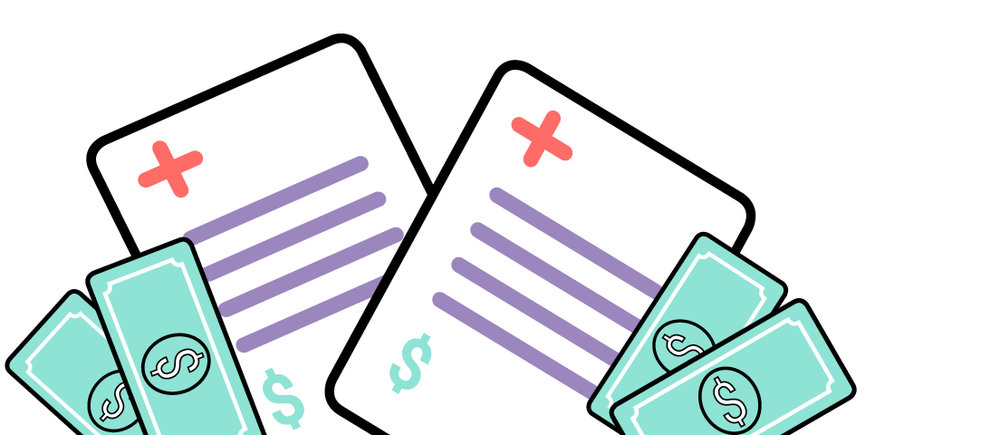Insurance companies pay air ambulance companies according to the patient’s plan, leaving patients to be billed for high out-of-pocket costs.
The No Surprises Act offers a solution to the high out-of-pocket costs that patients face when they need an air ambulance. It requires insurance companies to pay air ambulance companies according to the patient’s plan, leaving patients to be billed for high out-of-pocket costs.
Insurance companies are not required to pay for out-of-network providers, so many people who need an air ambulance are hit with surprise bills from their insurer or health plan after being taken care of by an in-network provider. This can result in thousands of dollars in additional costs on top of what Medicare pays—even though these bills aren’t shocking at all!
The New Act is the Answer
The No Surprises Act is designed to protect patients from high out-of-pocket costs for emergency care. The No Surprises Act is designed to protect patients from high out-of-pocket costs for emergency care. It requires insurance companies to pay the same amount that Medicare pays for air ambulance services, which is $44,000 per flight hour.
The law also provides an additional $5,000 payment toward the cost of each patient’s transport by helicopter or fixed-wing aircraft (but not medivac flights).
An End to Balance Billing by Air Ambulance Companies
Balance billing is a problem for patients who need care but don’t have health insurance. When a patient goes to an out-of-network provider and doesn’t receive the full treatment, they may be charged more than the insurance company would pay.
This can happen when a patient gets balance billed for non-emergency care if they go to an out-of-network provider. For instance, a patient comes into your office with a broken arm and has a $1,000 deductible on their plan; however, you take x-rays showing that it’s just sprained instead of broken (which would require surgery). The insurer pays only $500 toward these bills because it considers them non-emergency services—but let’s say you charge $100 for this visit. Now, when your bill comes due at month’s end and you try calling up their insurer again about those charges being higher than expected (or nonexistent), they might say sorry but there was nothing else we could do! Balance billing is when a provider charges a patient more than their insurance company will pay. This is usually for non-emergency care, and the patient usually pays the difference between what their insurance covers and the provider’s charge.


